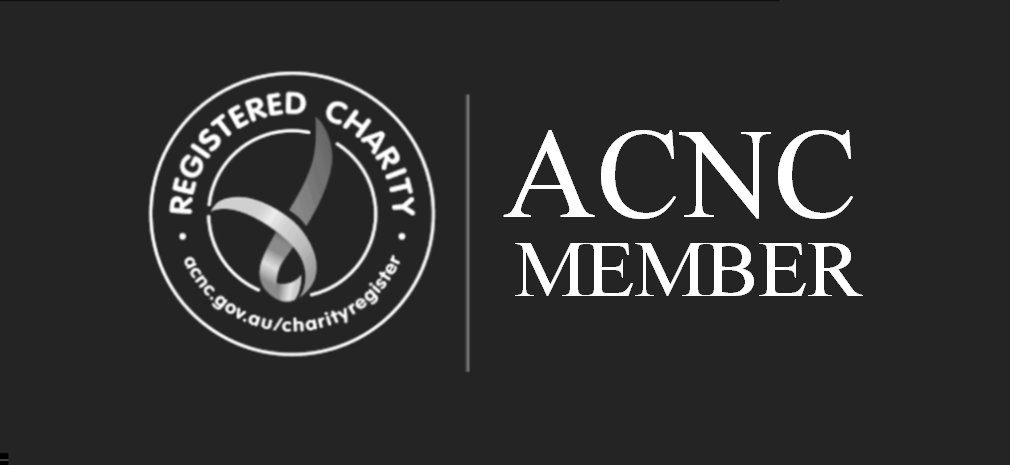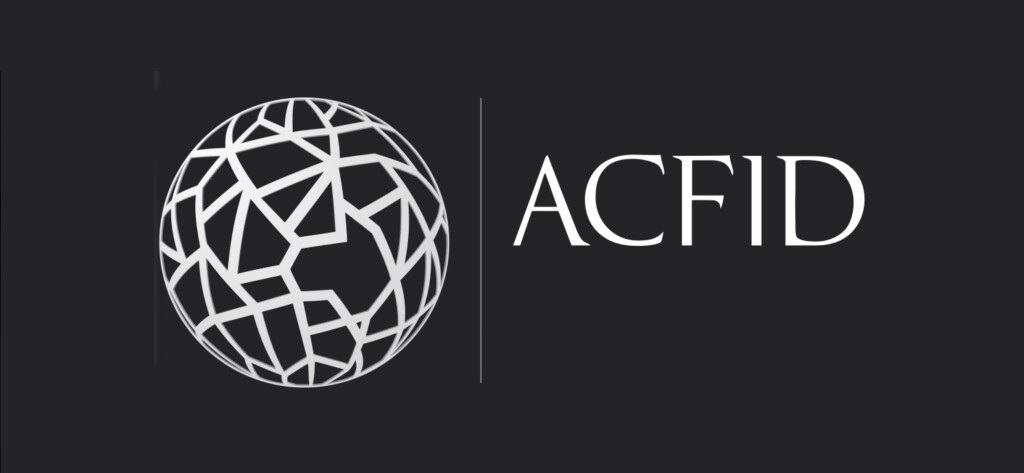Verifier
- Policy, statement or guidance document committing the Member to monitoring, evaluation and learning across the whole organisation.
- Monitoring and evaluation framework, tools, templates or approaches that consistently show evidence of monitoring and evaluation in practice
Guidance
Your policy, statement or guidance document could include: an outline of the principles underpinning your organisation’s approaches to monitoring, evaluation and learning; and an outline of the procedures or practices required to achieve this.
Your approaches could include: scheduled reporting processes with associated report templates or guidance to enable consistency and rigour; scheduled field visits with associated report templates; guidance on evaluation terms of reference and methodologies to enable consistent approaches, quality and rigour; and scheduled and resourced events to share learnings amongst staff and partners.
Your monitoring and evaluation framework, tools and templates could include: an articulation of expected outputs and outcomes, associated methods for measuring this (indictors, targets or equivalent), how this information will be collected and by whom and these processes should be adequately resourced with time, people and funds.
Download and read ACFID’s PMEL Guidance tool from the resources section below for further guidance on developing planning, monitoring, evaluation and learning frameworks and tools that meet this requirement.



